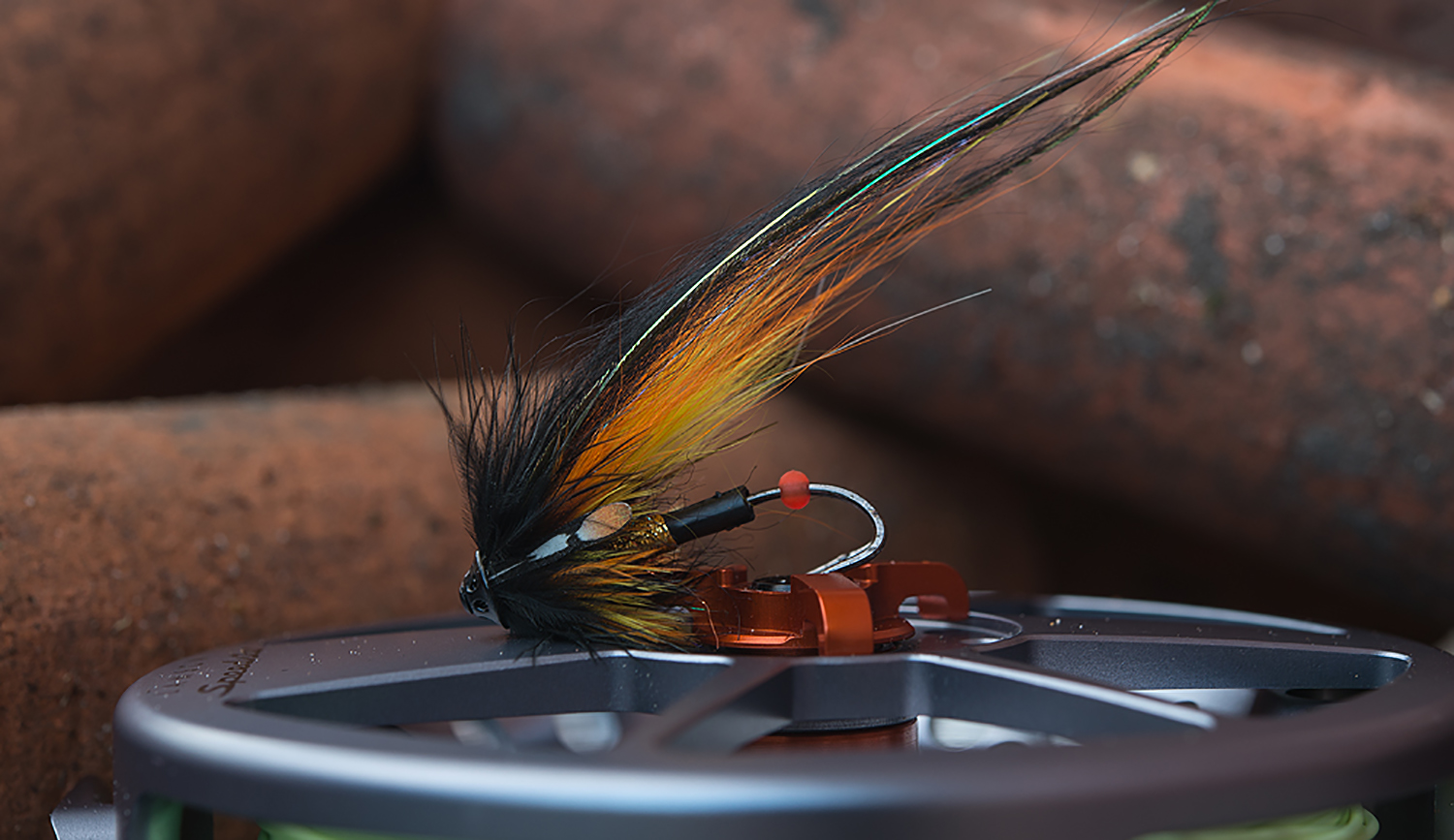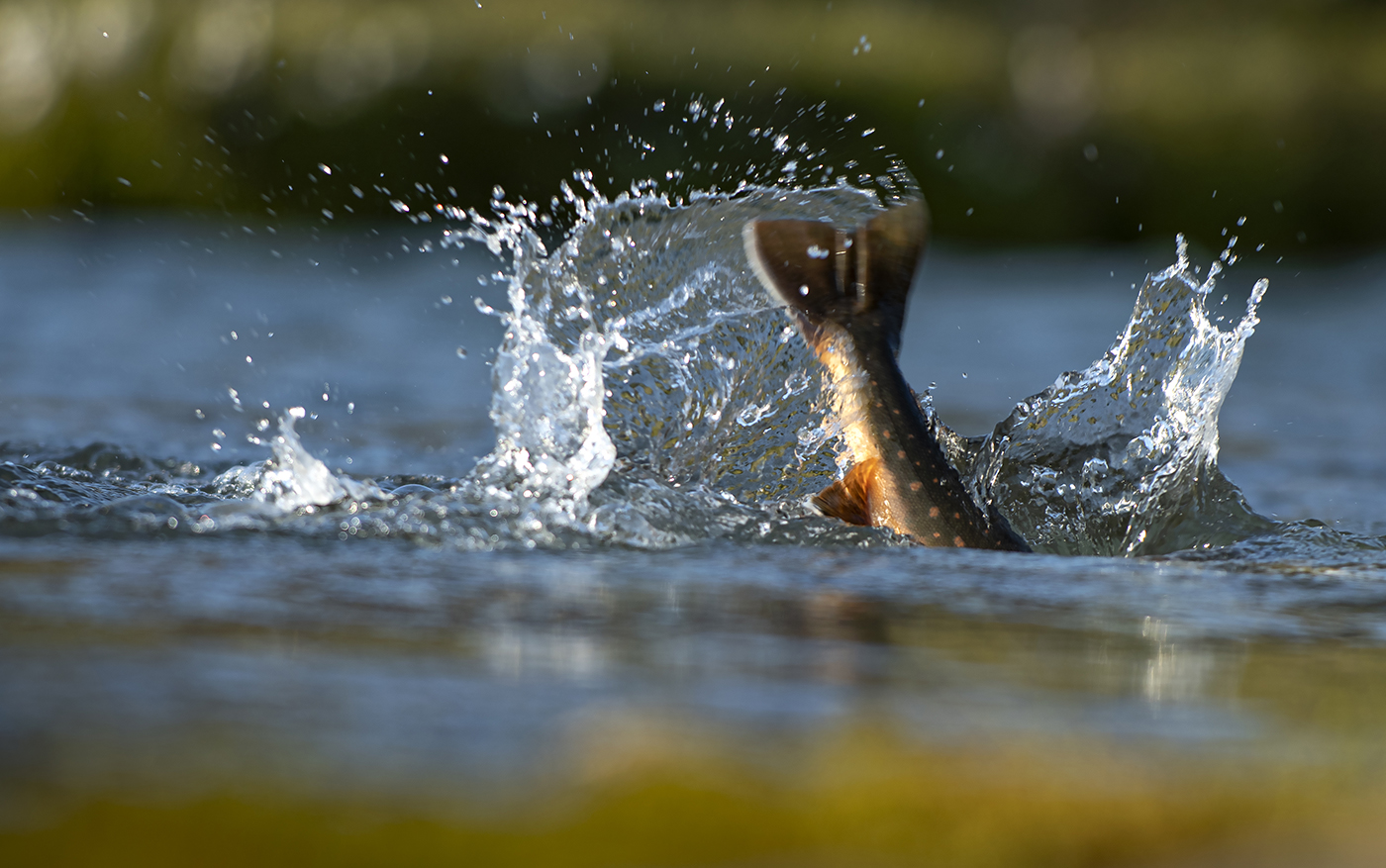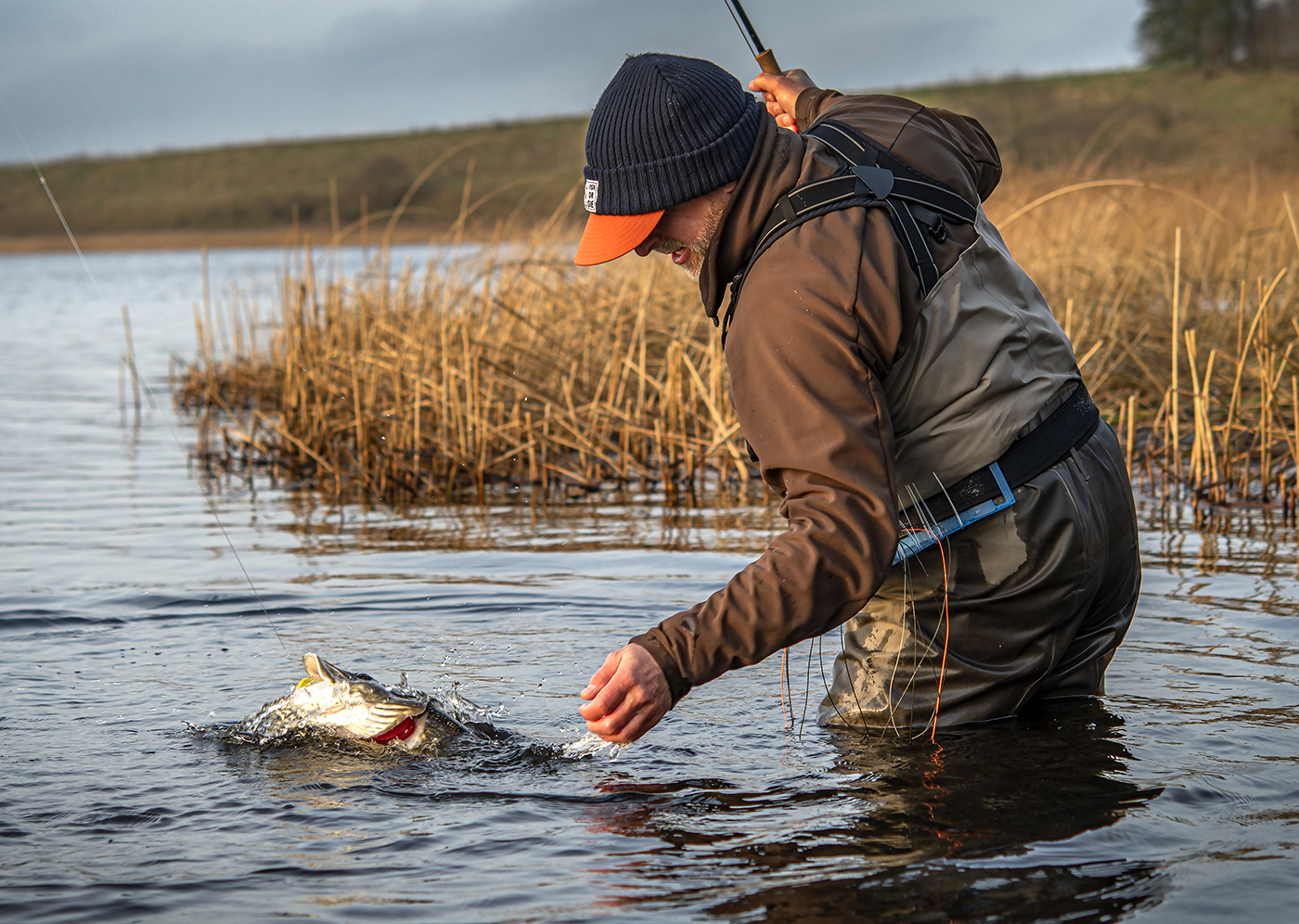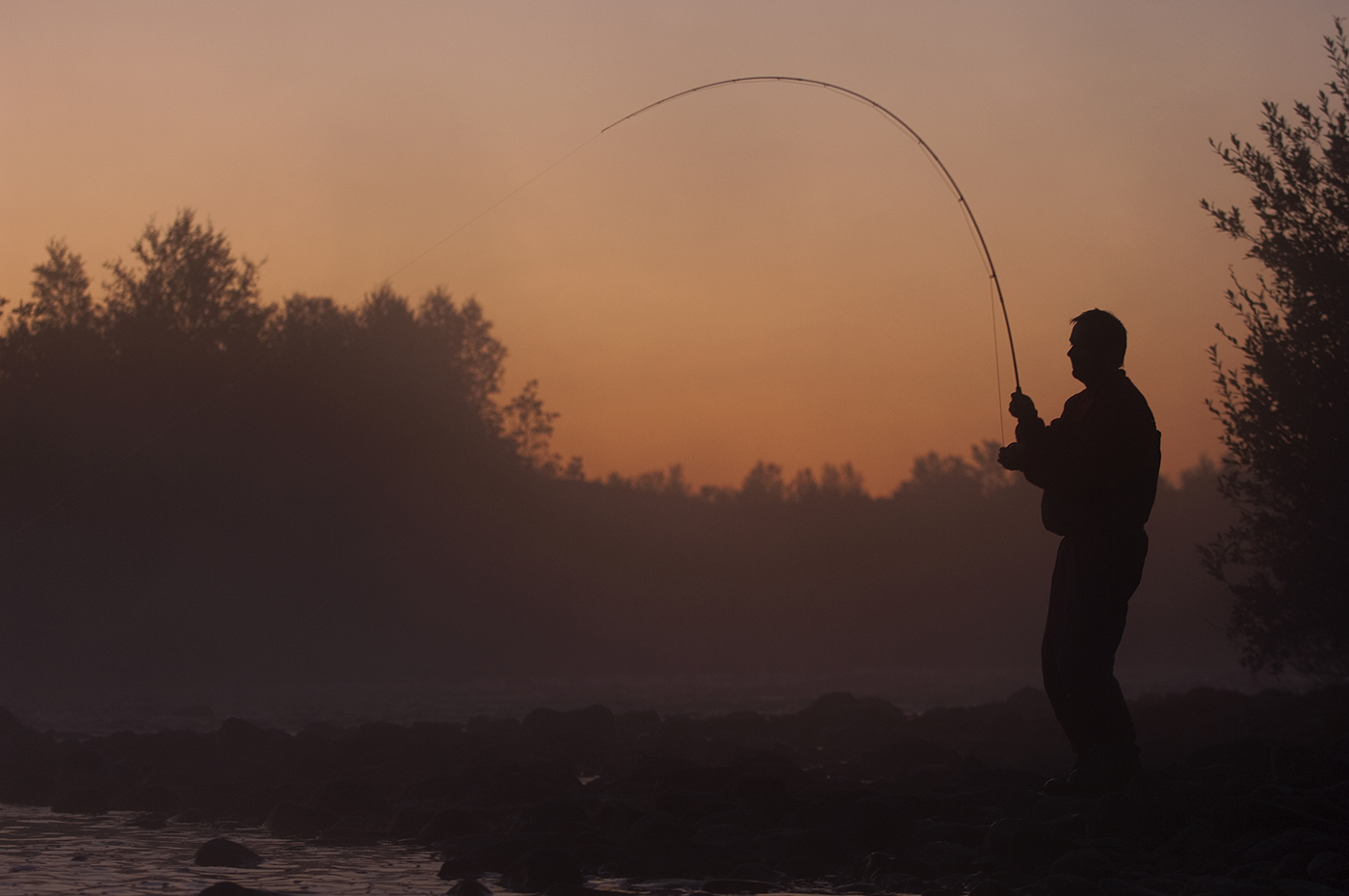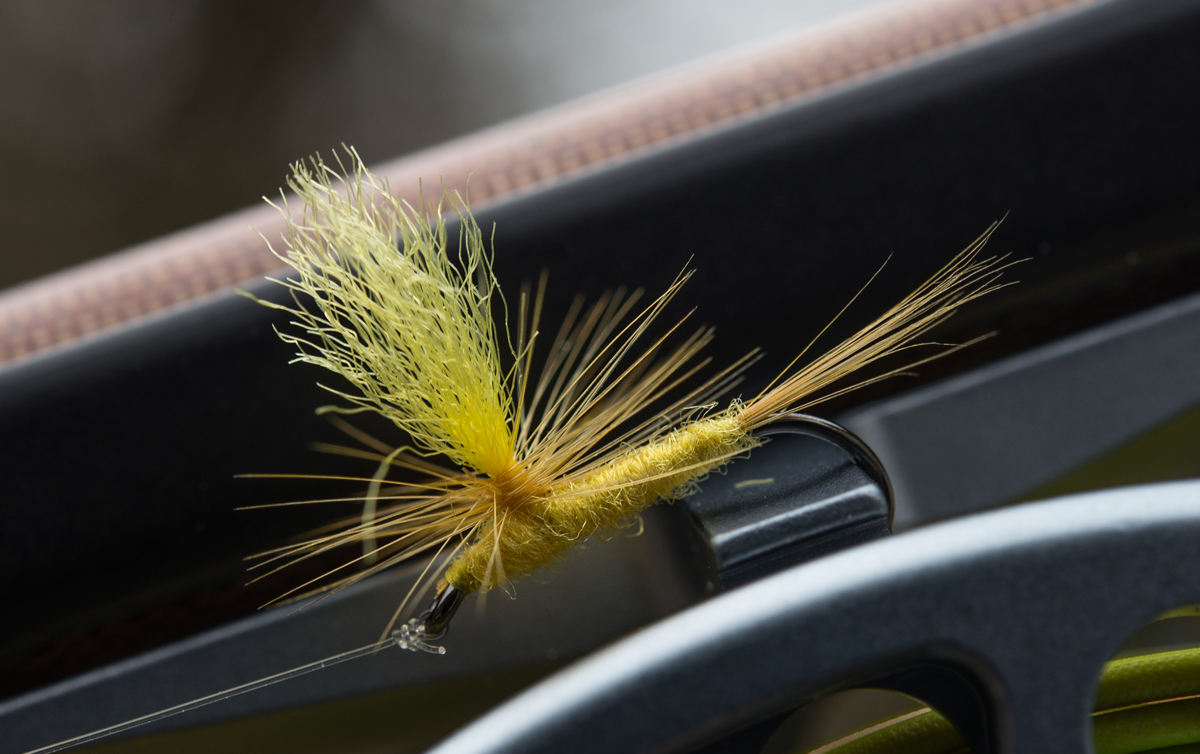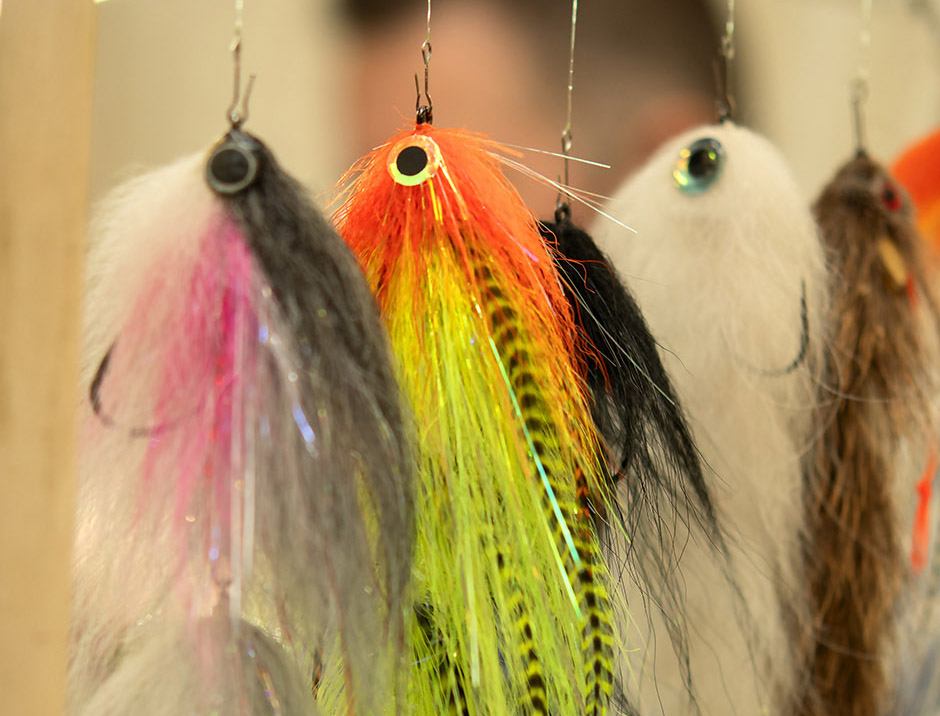
Believe it or not, this weekend’s it’s time for the British Fly Fair International again, and we will of course be present.
We are bringing all of our hook models, so if you’re curious about a particular model, here’s an opportunity to see it. Maybe you haven’t seen the Salt-series we released in September 2019? If you fish the salt, either here in Europe or visit tropical destinations, you must come by and see these hooks.


